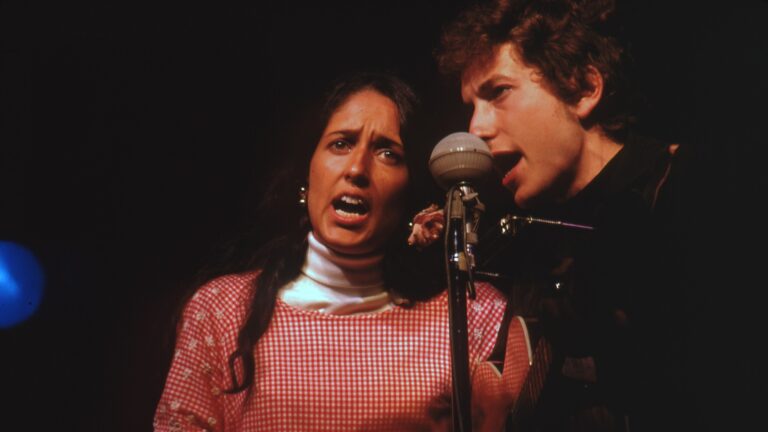
"Like many, I grew up on Dylan. So my mind melted, right there on the drive home from the Silver City Galleria, when I heard Dylan duet with himself on "The Boxer" using two voices: that "Nashville Skyline" crooner voice and his real voice. Every critic and fan likely has their take on that album - awful, genius, joke - but to me, at that moment, it was Dylan using his voice like layers of paint on top of each other. Like a self-portrait."
"This Minnesota college drop-out/Little Richard fan Robert Zimmerman, who created his own myth - a poet-ghost named "Bob Dylan" - from nothing, from iron country dreams and Woody Guthrie imitations. Who built his own legend by changing masks - country boy, folkie-with-a-message, Christian rocker, face-painted carny barker, old-time blues dandy, piano lounge crooner - and never letting one slip. We will never figure out this North Face-wearing octogenarian,"
I bought Bob Dylan's Self Portrait in seventh grade and was transformed by hearing him duet with himself on 'The Boxer,' layering a crooner Nashville Skyline voice with his raw voice. That use of voice felt like layers of paint and a self-portrait that opened something in me. I spent years thinking about Dylan as a mystery wrapped in a riddle—Einstein disguised as Robin Hood, a jokerman and dream twister. Robert Zimmerman created the Bob Dylan myth by shifting masks: country boy, folkie-with-a-message, Christian rocker, face-painted carny barker, blues dandy, lounge crooner. Random public gestures and changing personas sustain fascination and elusiveness.
Read at Boston.com
Unable to calculate read time
Collection
[
|
...
]